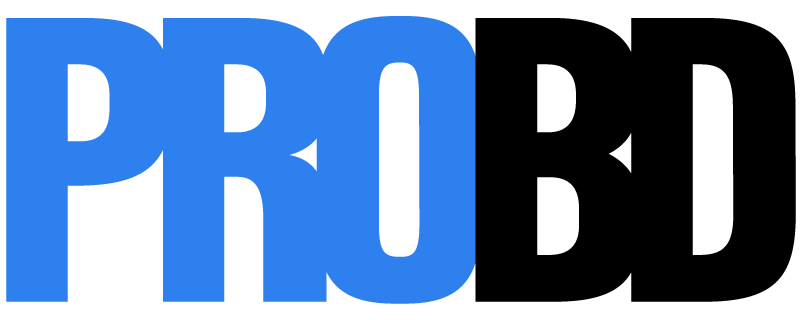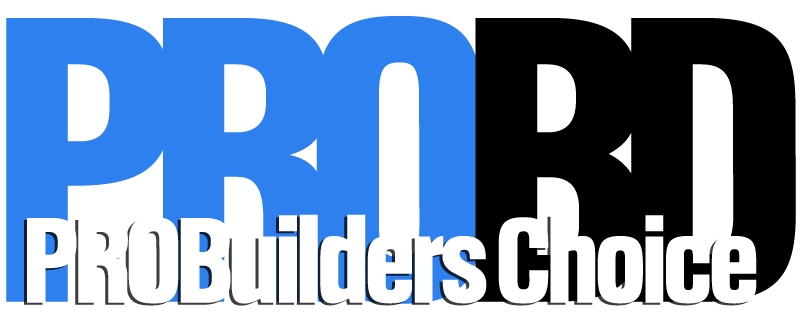Leviton announced the launch of WavePort technology, which enables continuous disinfection without sacrificing visible light quality.
Certolux MSU-DFX luminaires now feature this proprietary technology. Leviton’s Certolux lighting brand.
“WavePort is a game-changer for continuous disinfection lighting because it improves the quality of visible light, especially in healthcare applications,” said Tim Stevens, Leviton’s director of product management.
“Existing technologies, such as visible light disinfection, degrade white light by enhancing the purple spectrum during occupancy. However, in places such as surgical suites, WavePort provides continuous disinfection without sacrificing visible light quality.”
To perform difficult tasks and recognize visual health indicators in healthcare settings such as operating rooms and other clinical applications, pure white light is required. Older technologies can emit a purple hue that interferes with white light, making it difficult for healthcare professionals to perform color recognition tasks accurately.
WavePort fixtures are designed with simplicity in mind, with no complicated controls or sensors, and allow you to use your preferred LEDs, drivers, and controls. This cutting-edge technology is ideal for clinical and laboratory settings. This proprietary technology will be available in other Leviton luminaires in the coming months.
“With the introduction of WavePort, customers will no longer have to choose between continuous disinfection and pure white light,” Stevens adds.
“Fixtures like this provide stronger disinfection capabilities than other technologies on the market today while creating a more effective and cleaner environment for healthcare professionals and patients.”
This is Leviton’s most recent advancement in disinfection lighting products. The new Certolux MSU-DFX luminaire with 365DisInFx UVA Technology aids in the disinfection of operating rooms. This technology uses a controlled amount of UVA light to kill bacteria on surgical suite surfaces. The use of this low-energy invisible light near the visible spectrum is safe for human exposure 24 hours a day and significantly reduces bacteria.











